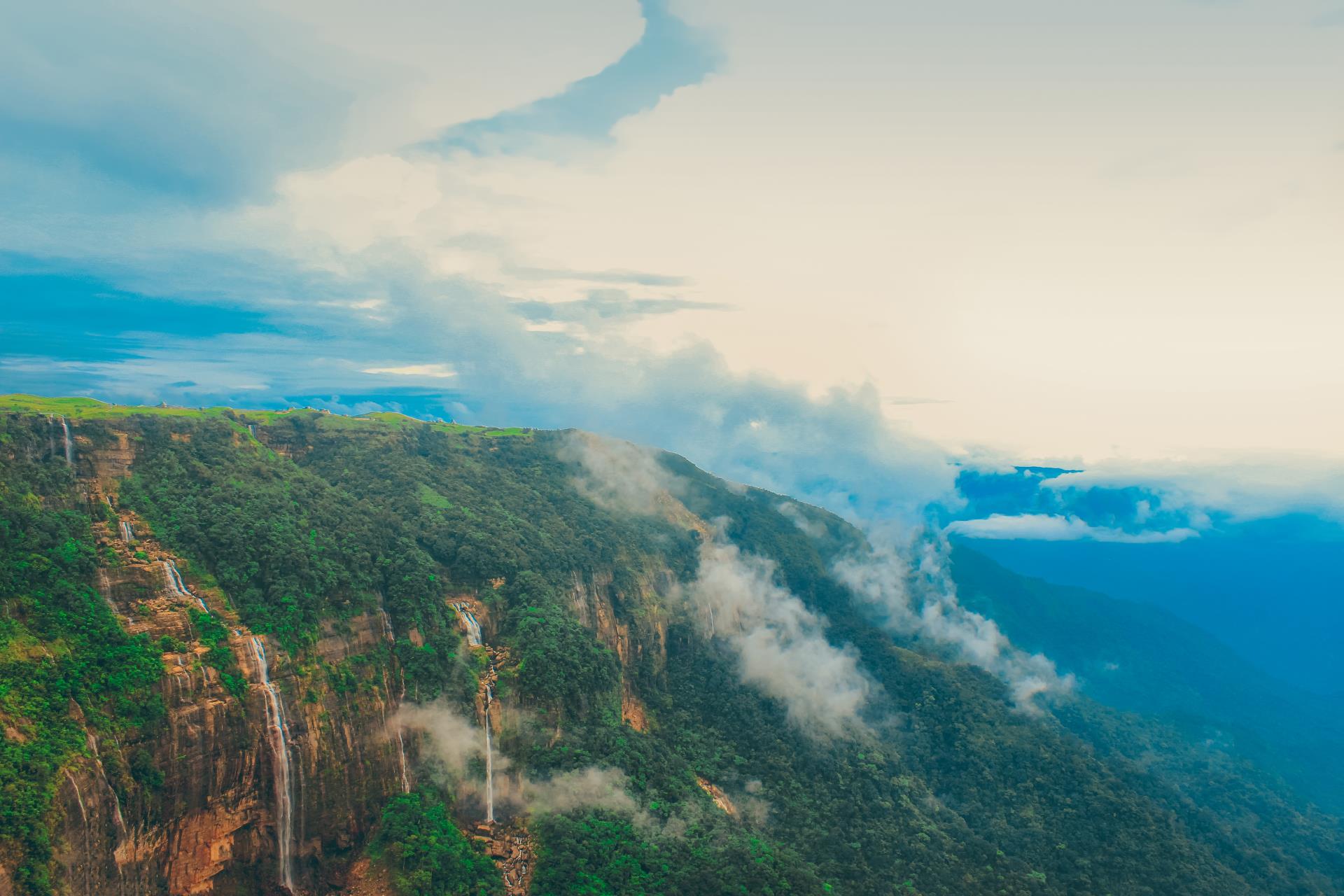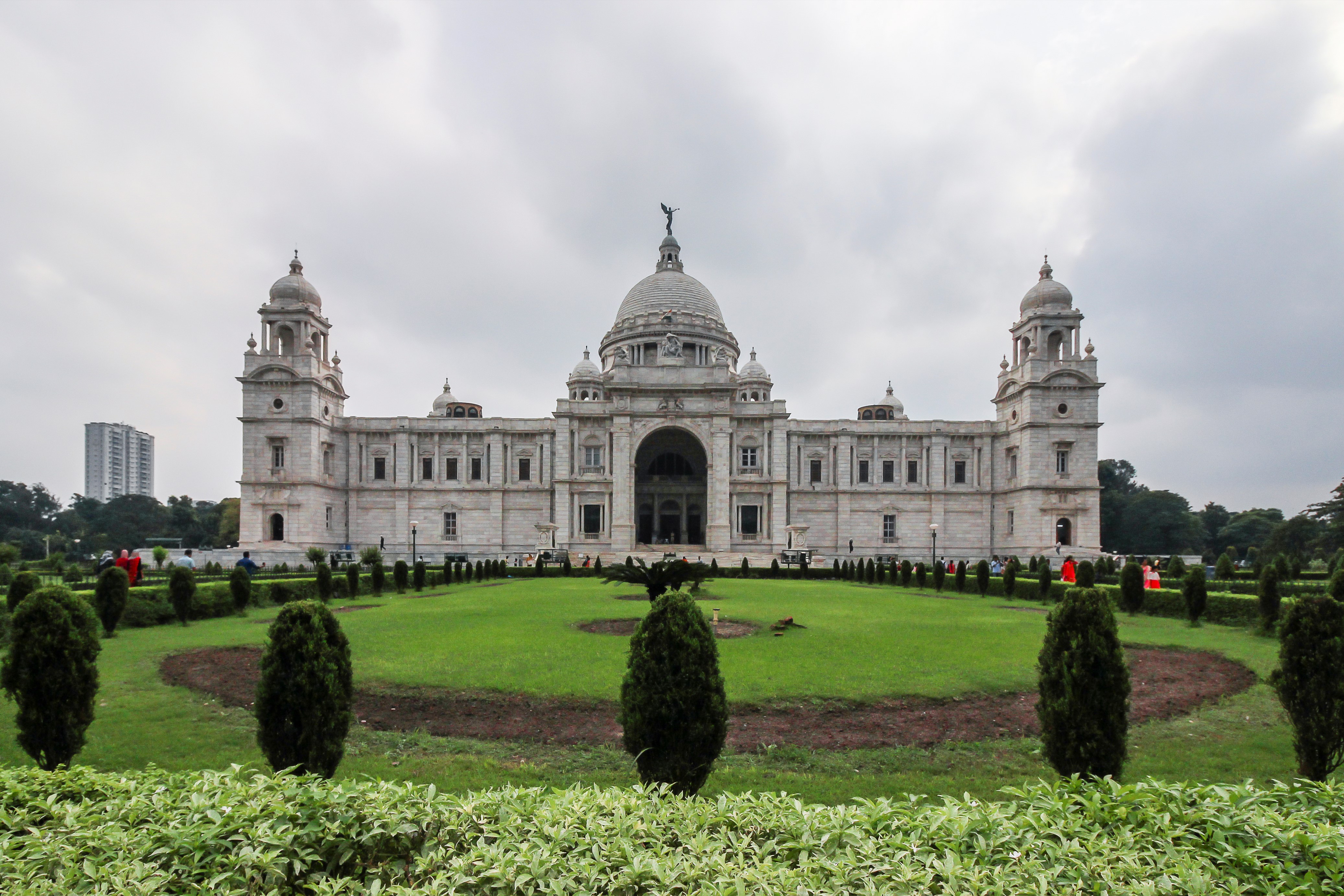
Sorry, we couldn't find anything that matches your search.
Destination

Famous Places to Explore in Hyderabad
A vibrant city with the imposing...

Raipur Tourist Places | Best Place to Visit
The stronghold of several erstwhile...

Ahmedabad
Declared as India's first UNESCO World...
#
 Start : Mumbai
Start : Mumbai
 End : Goa
End : Goa
 Time : 6 days
Time : 6 days
Day 1 : Arrive in Mumbai

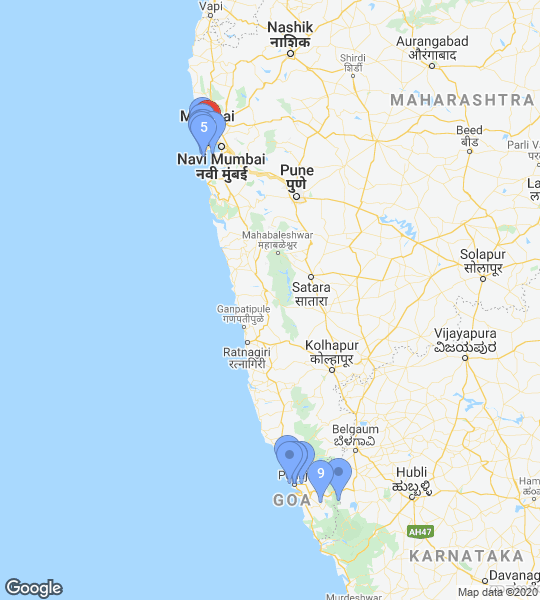
The entertainment and commercial capital of the country, Mumbai is popularly known as the city that never sleeps. Even at night, you will find traffic on the road, a few dining establishments catering to customers and offices burning the midnight oil. It is a city of dreams as every day, hundreds of aspiring actors land here to make it big in the world of performing arts. At the heart of this coastal (flanked by the Arabian Sea on one side) city lies exquisite colonial-era architecture, some of which have been declared by UNESCO as World Heritage Sites. Here, markets are lively, people are warm, attractions are numerous and the experience is one-of-a-kind.
Day 1 Stop 1: Morning: Bandra Fort

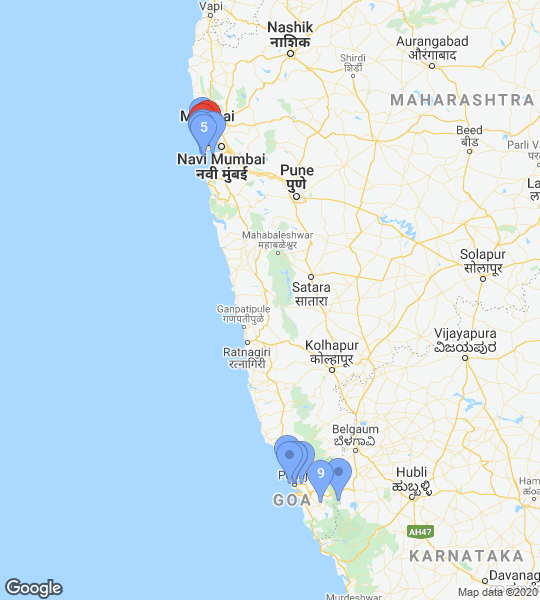
Built by the Portuguese in 1640, the seaside Bandra Fort,also known as Castella de Aguada. Treat yourself to mesmeric views of thecrashing waves and the Bandra-Worli sea Link (bridge).
Good to know:
It is a popular hang-out place for youngsters and a much-sough-after location for shooting. owing to its stunning backdrop.
What to do:
Pass by Mehboob Studio, one of the oldest film studios in the city, on your way to St. Andrew’s Church located at walking distance.
Day 1 Stop 2: Afternoon: Dr Bhau Daji Lad Museum
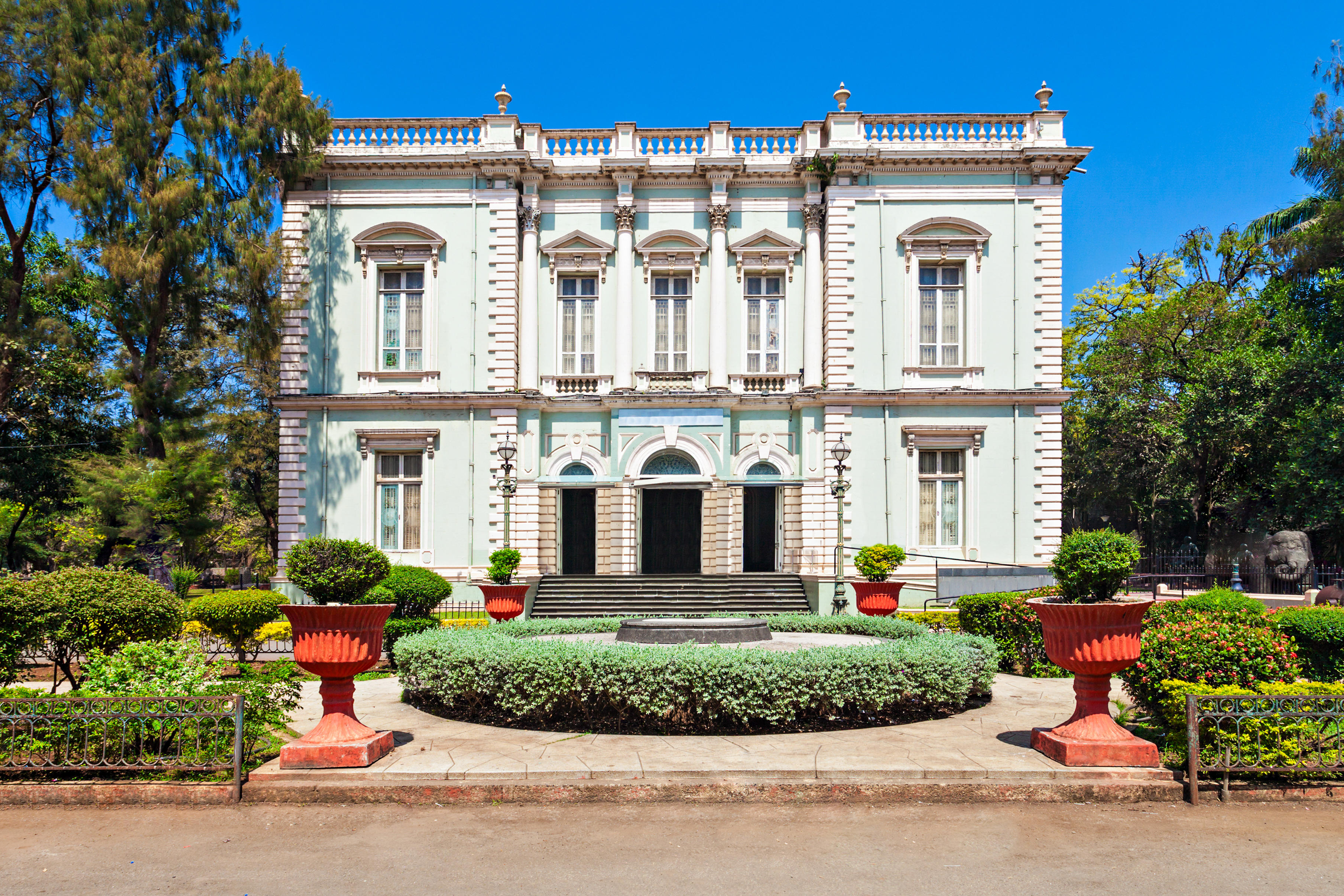
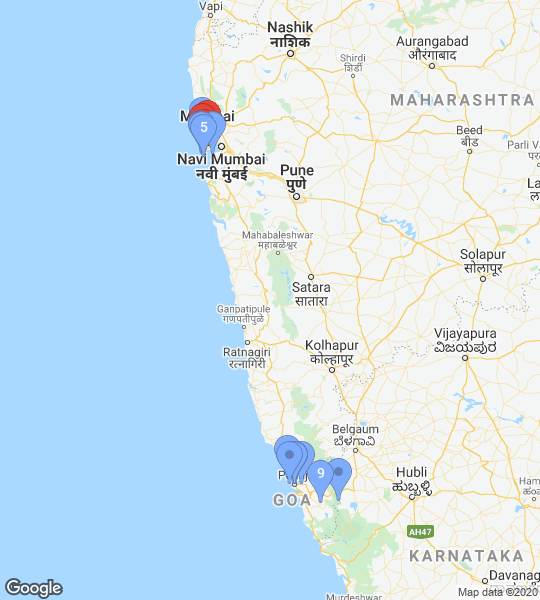
Hail an iconic kali-peeli (black-yellow) taxi and cross the Bandra-Worli Sea Link to reach Dr Bhau Daji Lad Museum. Earlier known as the Victoria and Albert Museum, it displays a rare collection of artefacts and antiques that offer a glimpse of the cultural heritage, history and craftsmanship of the numerous communities of the Bombay Presidency.
Good to know:
The museum is closed on Wednesdays and offers a free curated tour every weekend in English, Hindi and Marathi.
What to do:
Visit the century-old Mahalaxmi Dhobi Ghat (open-air laundromat), barely eight minutes away. The best view of this tourist spot can be had from the overbridge bridge at the Mahalaxmi railway station.
Day 1 Stop 3: Evening : Marine Drive
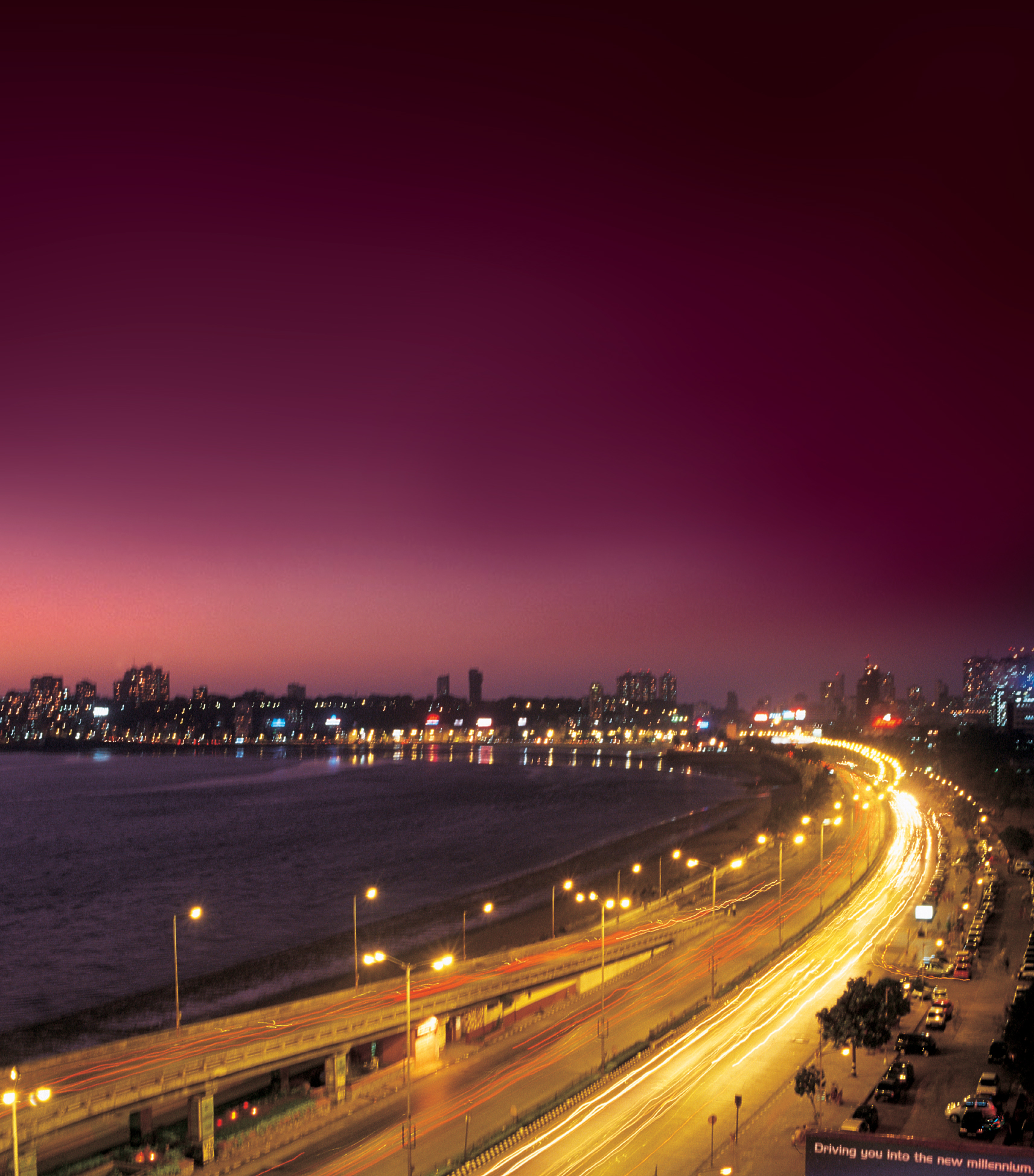
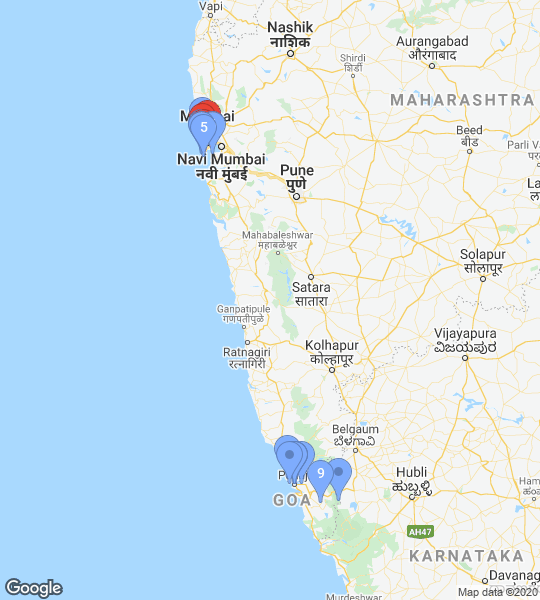
Make your way to Marine Drive, a sea-facing promenade, taking a small detour to see the majestic Chhatrapati Shivaji Maharaj Terminus, illuminated at night. Take a stroll along the 3.5-km-long Marine Drive or pick a spot and soak in the sight of the gleaming waters of the Arabian Sea.
Good to know:
Marine Drive is a premier and an expensive real estate hub in the city. The promenade is flocked by tourists and locals at all times of day and night.
What to do:
There are several dining options along Marine Drive. You can also opt for a horse-drawn chariot ride here.
Day 2 Stop 1: Morning : Gateway of India
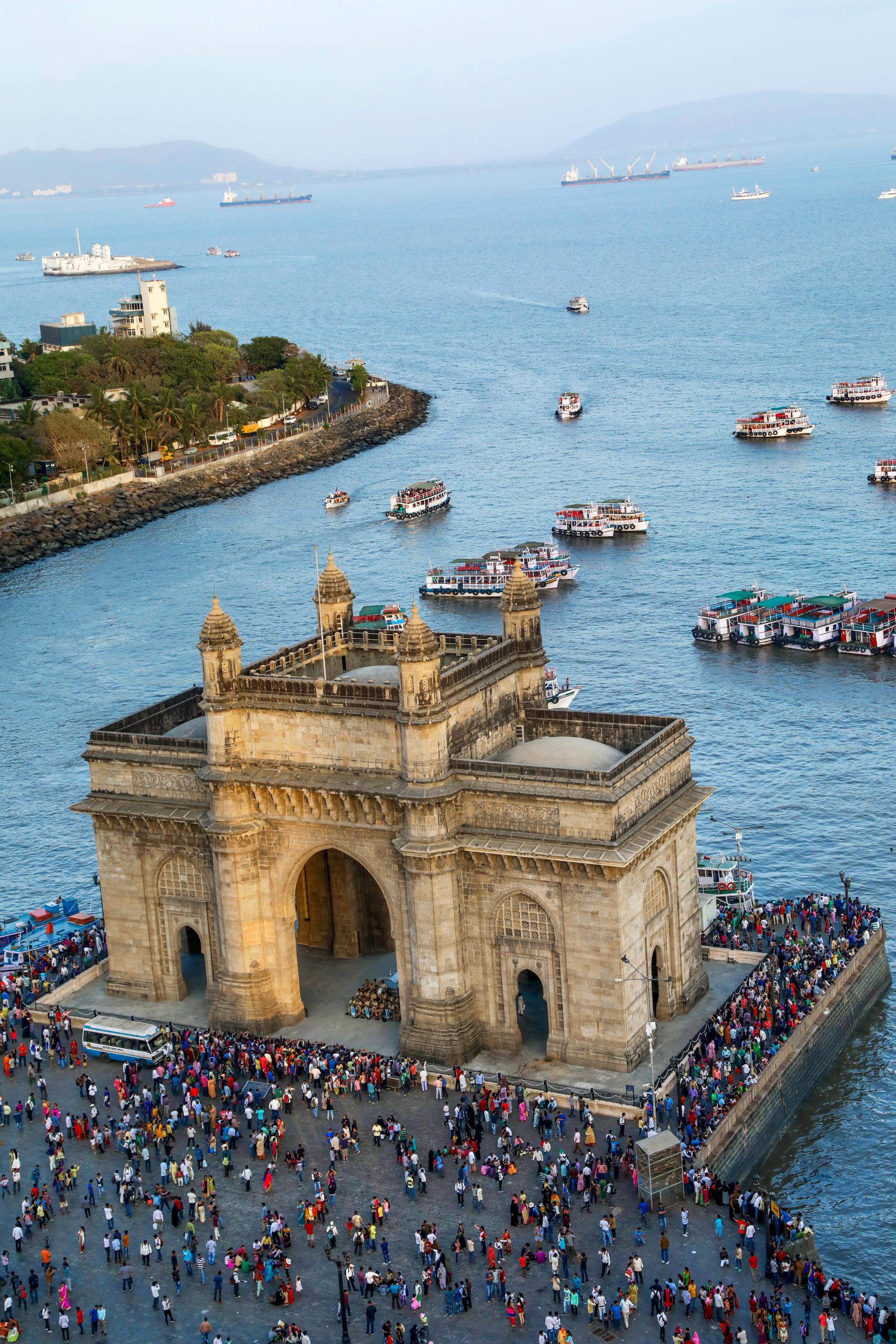
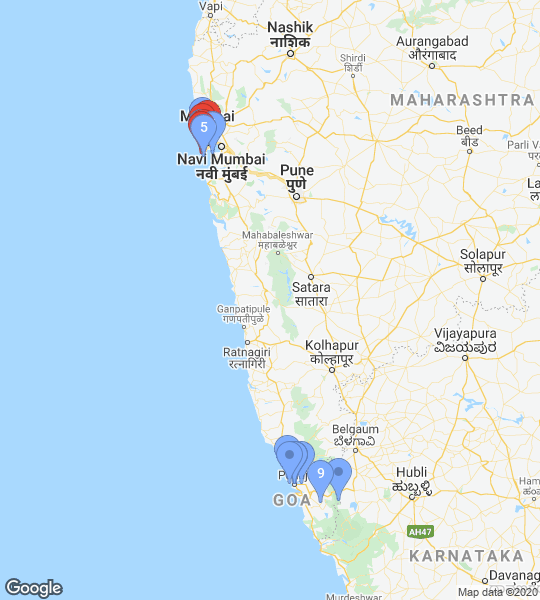
An iconic city landmark, the Gateway of India was commissioned to commemorate the 1911 visit of King George V. It was built in the Islamic style of architecture of 16th-century Gujarat.
Good to know:
To reach the site, you’ll have to pass a high-security checkpoint at the southeastern end of Chhatrapati Shivaji Maharaj Marg. The gateway’s wharf is where you can hail a jetty to visit Elephanta Caves.
What to do:
You will find vendors offering a wide array of interesting items including giant balloons, cotton candy, bhelpuri (puffed rice tossed in onions, potato and an assortment of spices and chutneys), and more.
Day 2 Stop 2: Afternoon : Elephanta Caves
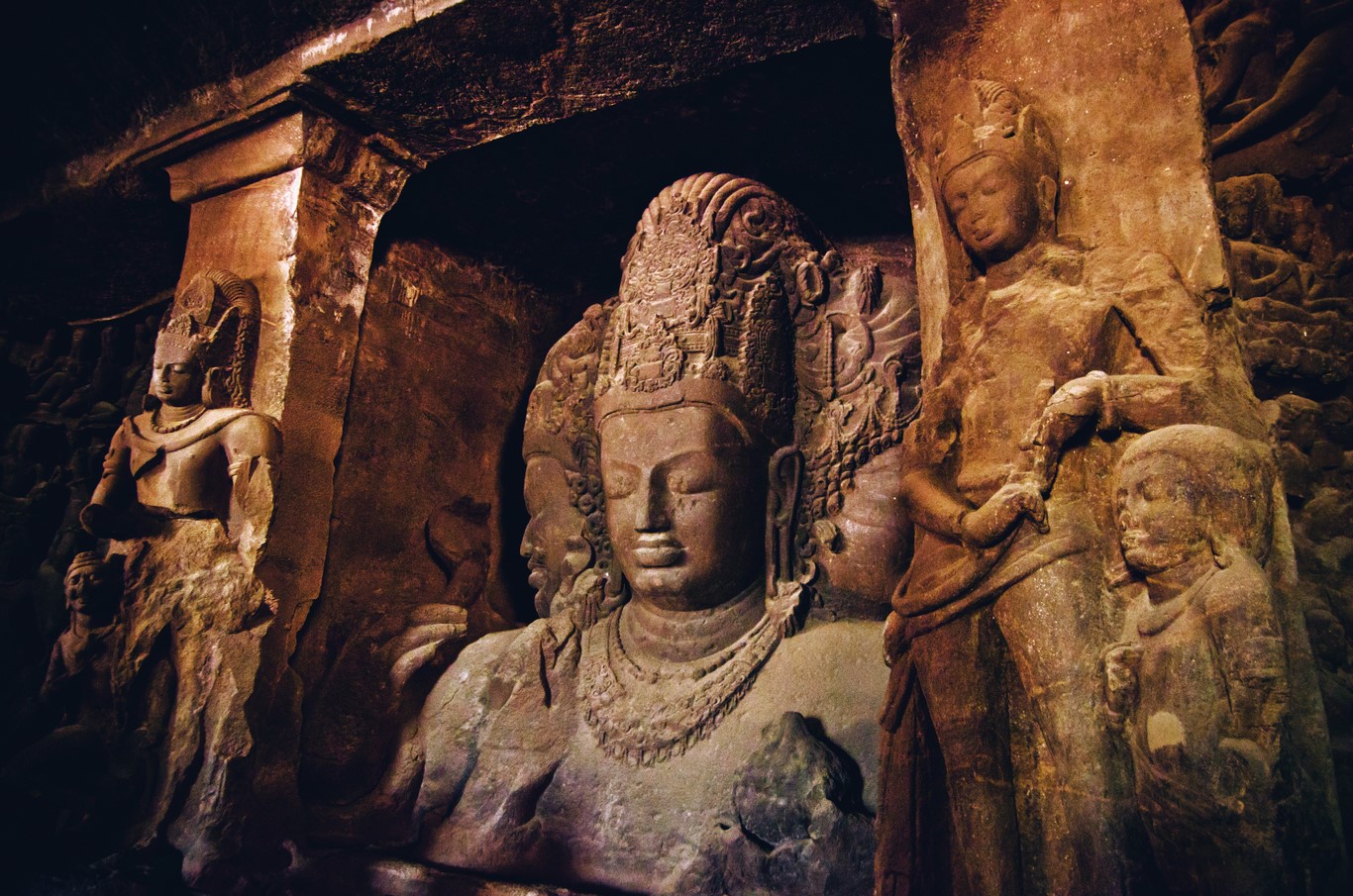
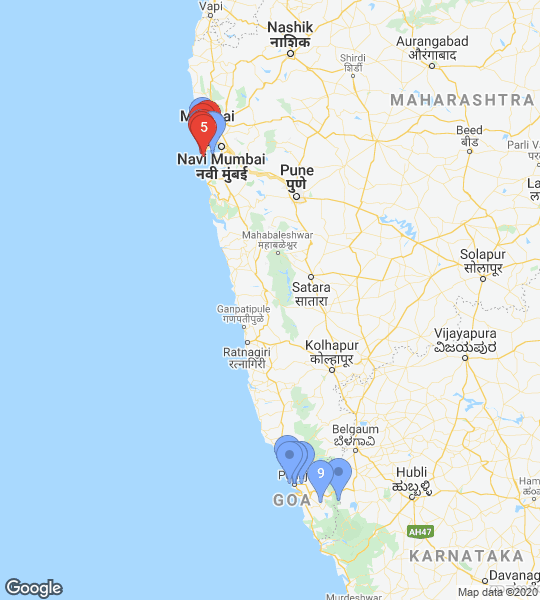
A UNESCO World Heritage Site, these rock-cut temples on Elephanta Island, also called Gharapuri, were created between 450 and 750 AD.
Good to know:
Ferries depart from the Gateway of India every half hour starting from 9 am till 3.30 pm, taking about an hour to reach. Tickets are available at MTDC booth at Apollo Bunder (Bandar). Elephanta Caves are open from 9 am to 5 pm, from Tuesday to Sunday.
What to do:
Visit the small museum at the site that offers an elaborate and pictorial account about the origin and history of the caves.
Day 2 Stop 3: Evening : Juhu Beach
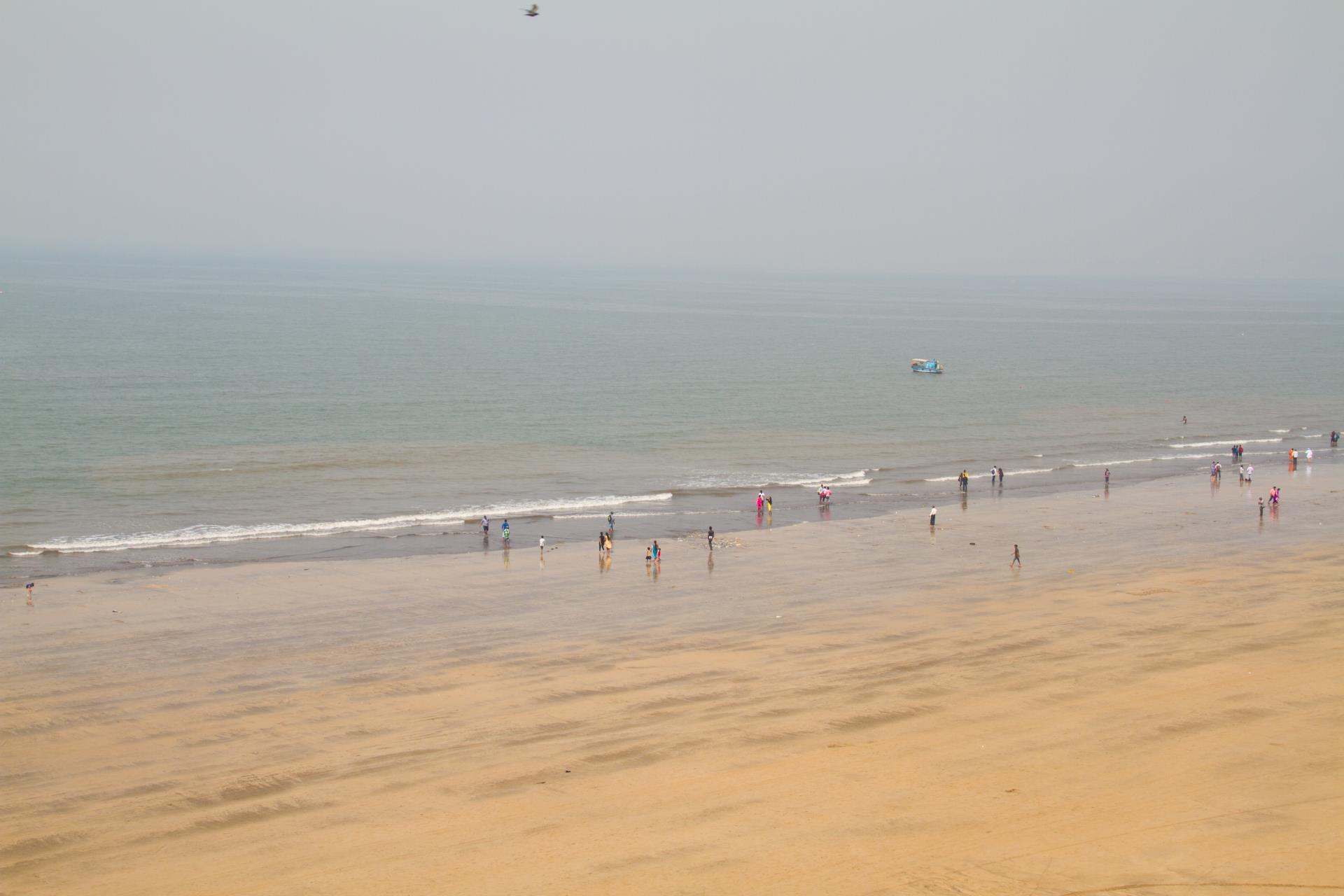
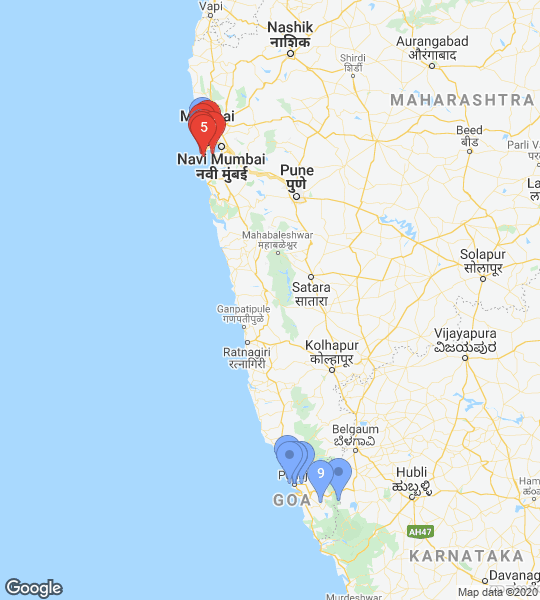
One of the most-visited beaches in Mumbai, Juhu is rarely ever devoid of people. From early morning joggers and evening strollers to night visitors who come for the calm of the ocean, its visitors are diverse and many.
Good to know:
Littering is prohibited on the beach. There are quite a few restaurants around the beach and eating establishments on the Juhu Chowpatty offering such local snacks as vada pao, pao bhaji, misal pav, sev puri and more.
What to do:
Enjoy pony rides on the beach. Visit the ISKCON temple, barely seven minutes away.
Day 3 Stop 1: Morning : Haji Aji Dargah
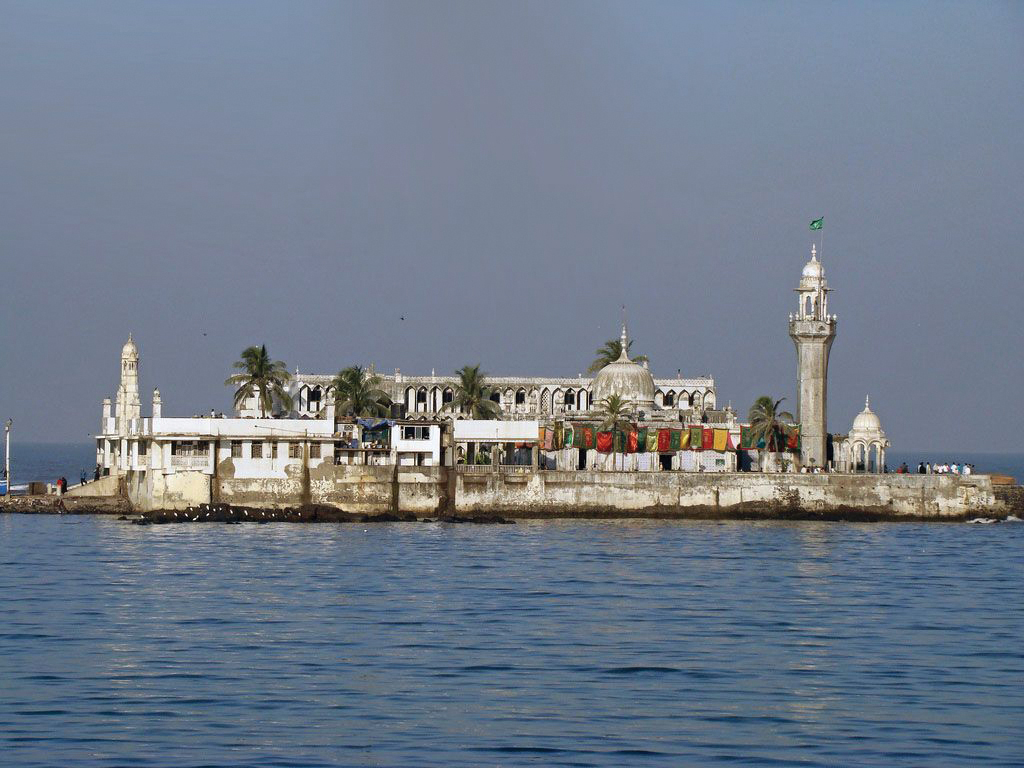
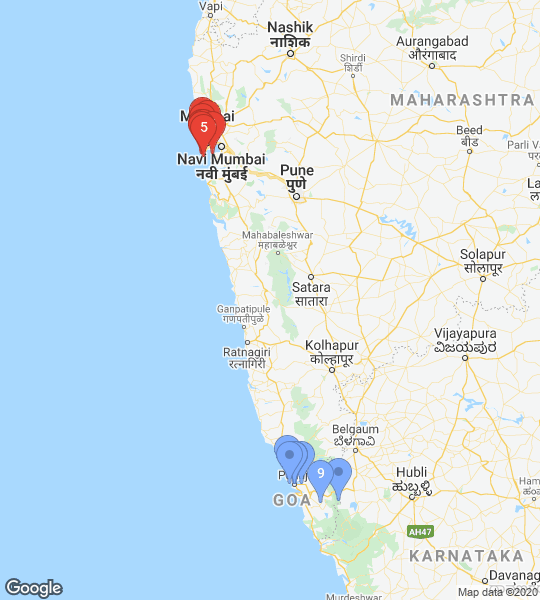
Start your last day in the city on a holy note with a visit to this revered mosque, which is located on an offshore inlet and is accessed by a causeway from the mainland. It houses the tomb of Pir Haji Ali Shah Bukhari, a Muslim Saint.
Good to know:
The mosque can only be reached during low tide, so check the weather forecast before you plan to visit. Photography is strictly prohibited in the premises and authorities are particular about the dress code. It is open from 5.30 am to 10 pm. Sometimes on Thursdays and Fridays, qawwalis (devotional singing) are organised here.
What to do:
Savour mouthwatering kebabs from the nearby stalls. For some retail therapy, visit Fashion Street for trendy apparel and beautiful jewellery, and Crawford Market, one of Mumbai’s biggest wholesale bazaars - both located close to the dargah.
Day 4 : Arrive in Goa


With endless stretches of sun-kissed beach, sparkling waters of the Arabian sea, warm coastal weather, vibrant markets, ancient revered churches and mouthwatering food - Goa is India’s little slice of heaven. Brimming with joie de vivre, it is a honeymooner’s paradise, a backpacker’s dream and every youngster’s dream holiday destination. Goa is what picture postcards are made of.
Day 4 Stop 1: Morning: Aguada Fort
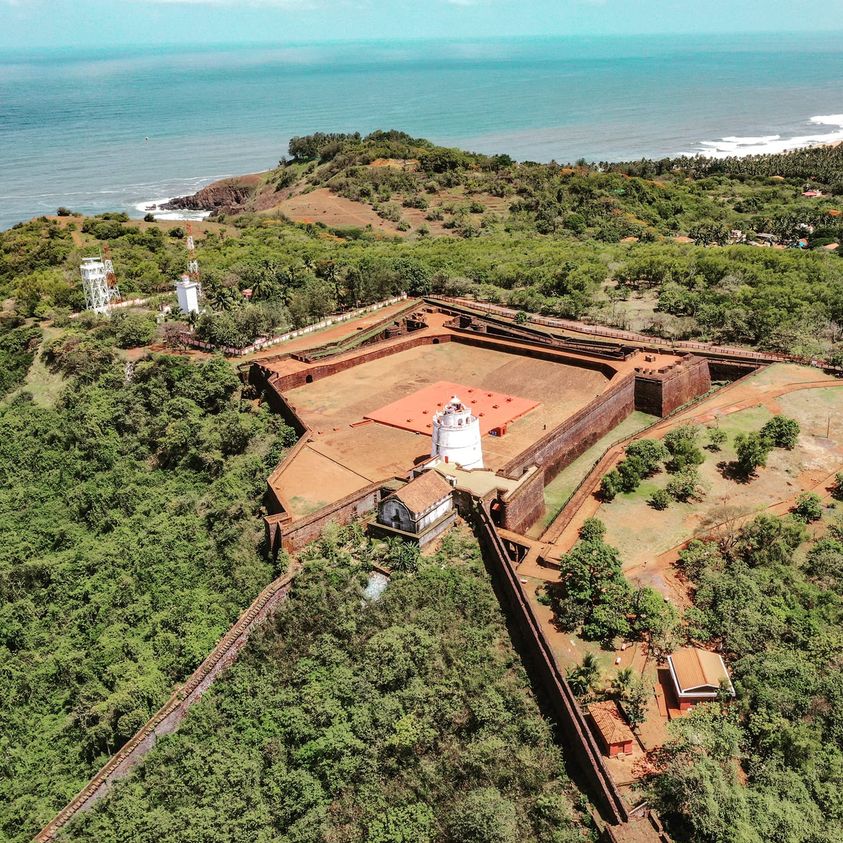
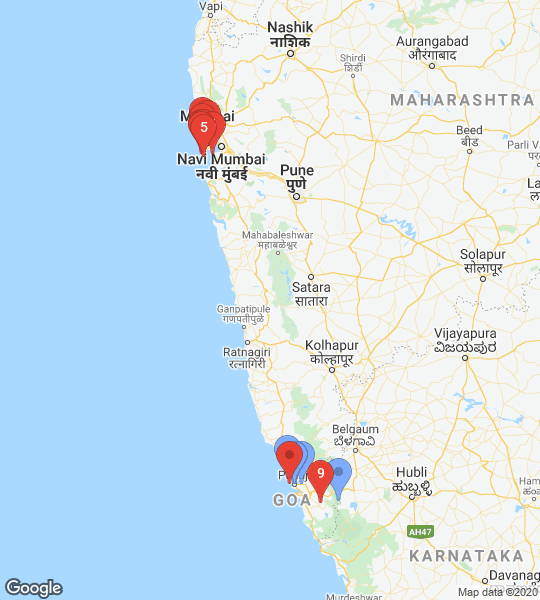
Overlooking the Mandovi river, this Portuguese fort is a picturesque spot and has served as a spectacular backdrop in numerous Indian films.
Good to know:
This hill-top fort can be reached via a four-km-long winding road that heads east from Sinquerim Beach or a steep two-km-long walking path. It’s best to wear comfortable shoes.
What to do:
See the four-storey lighthouse on the premises, said to be the oldest of its kind in Asia. Pick a spot on the bastion of the fort and enjoy a spectacular sunset.
Day 4 Stop 2: Afternoon: Beach hopping

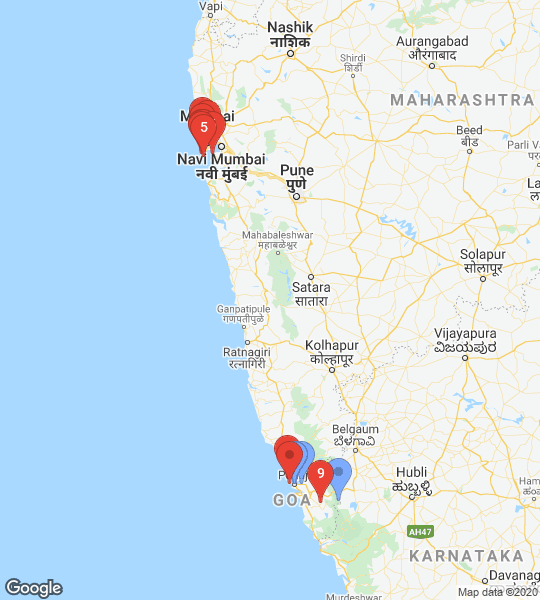
Located within a few minutes walking distance from each other, these beaches are two of the most popular in Goa. While Calangute is famous for its happy crowd, Baga is known for its lively music and laid-back vibe.
Good to know:
There are several shacks between the two beaches that serve delicious and fresh seafood preparations.
What to do:
If you want to spend the night out and soak in the Goan vibe, drop into Tito’s Lane that boasts a string of nightclubs and watering holes. You can also visit the casino near Baga beach road and try your luck.
Day 5 Stop 1: Morning: Dudhsagar Falls
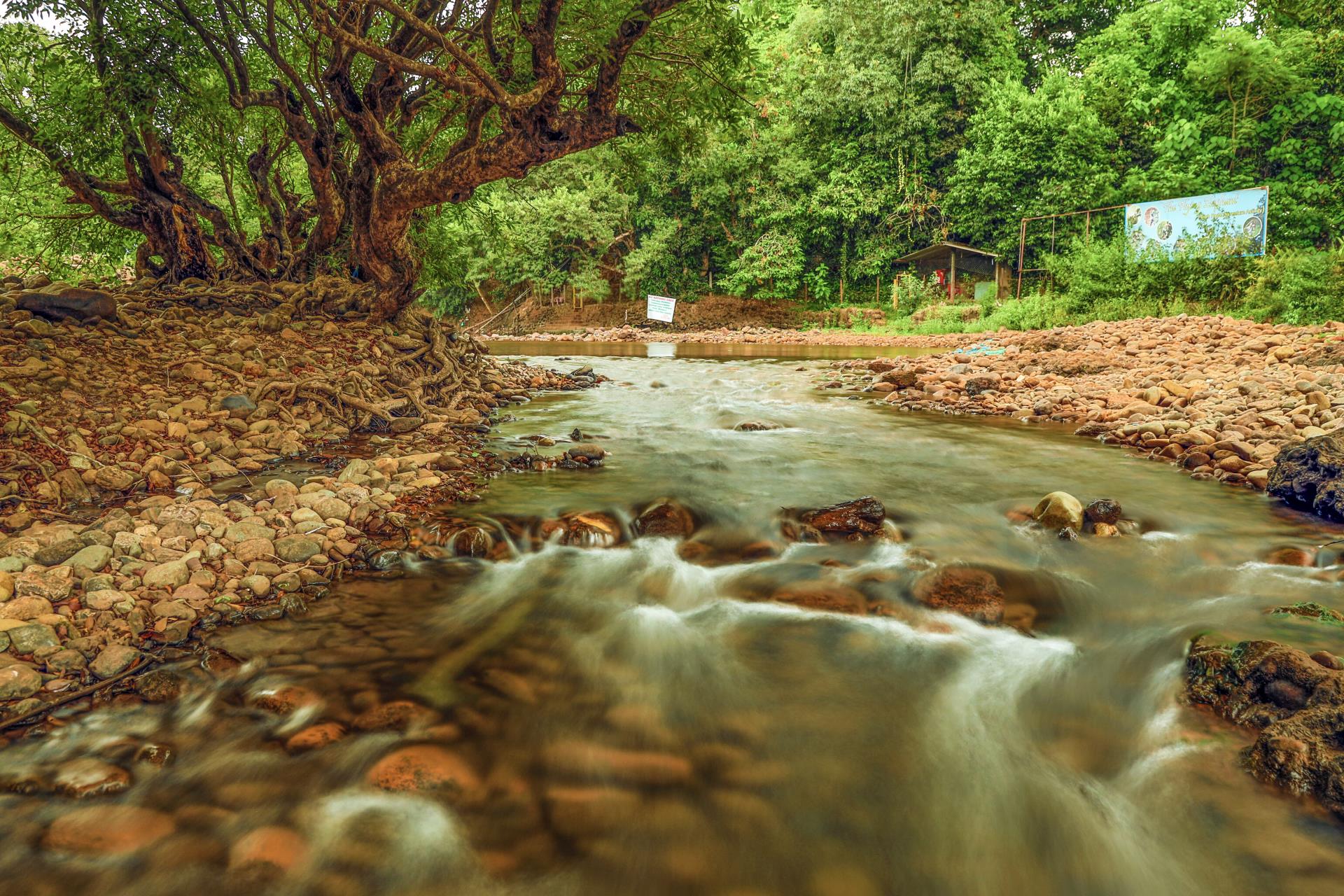
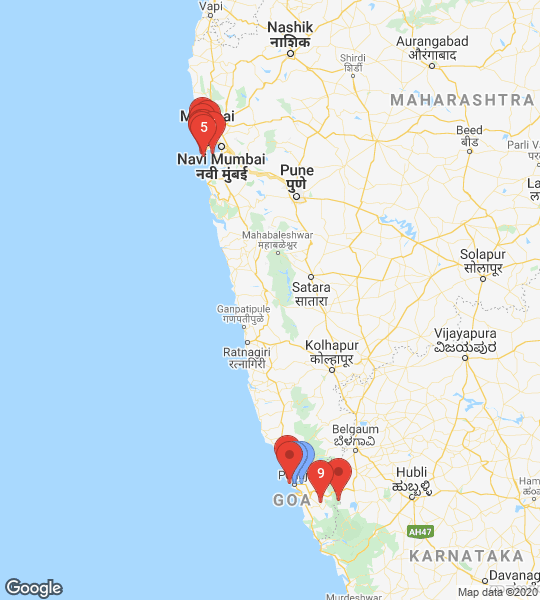
Cascading down a height of 1,017 ft, this breathtaking fall is located at an hour away from Goa. Steeped in legend and surrounded by lush dense forest, this waterfall is formed by the Mandovi river after it plummets from the highest peaks on the border of Goa and Karnataka.
Good to know:
The Goa Forest Department maintains the road to the falls as the area falls under the Bhagwan Mahavir Wildlife Sanctuary. Visitors are charged a nominal entry fee and an extra fee for camera.
How to reach:
It can be reached by road or rail (to Kulem railway station). One has to trek. There is also a rough track that is suitable only for 4X4 vehicles, but this route requires visitors to trek about a kilometre to reach the base of the falls.
Day 5 Stop 2: Afternoon : Basilica de Bom Jesus
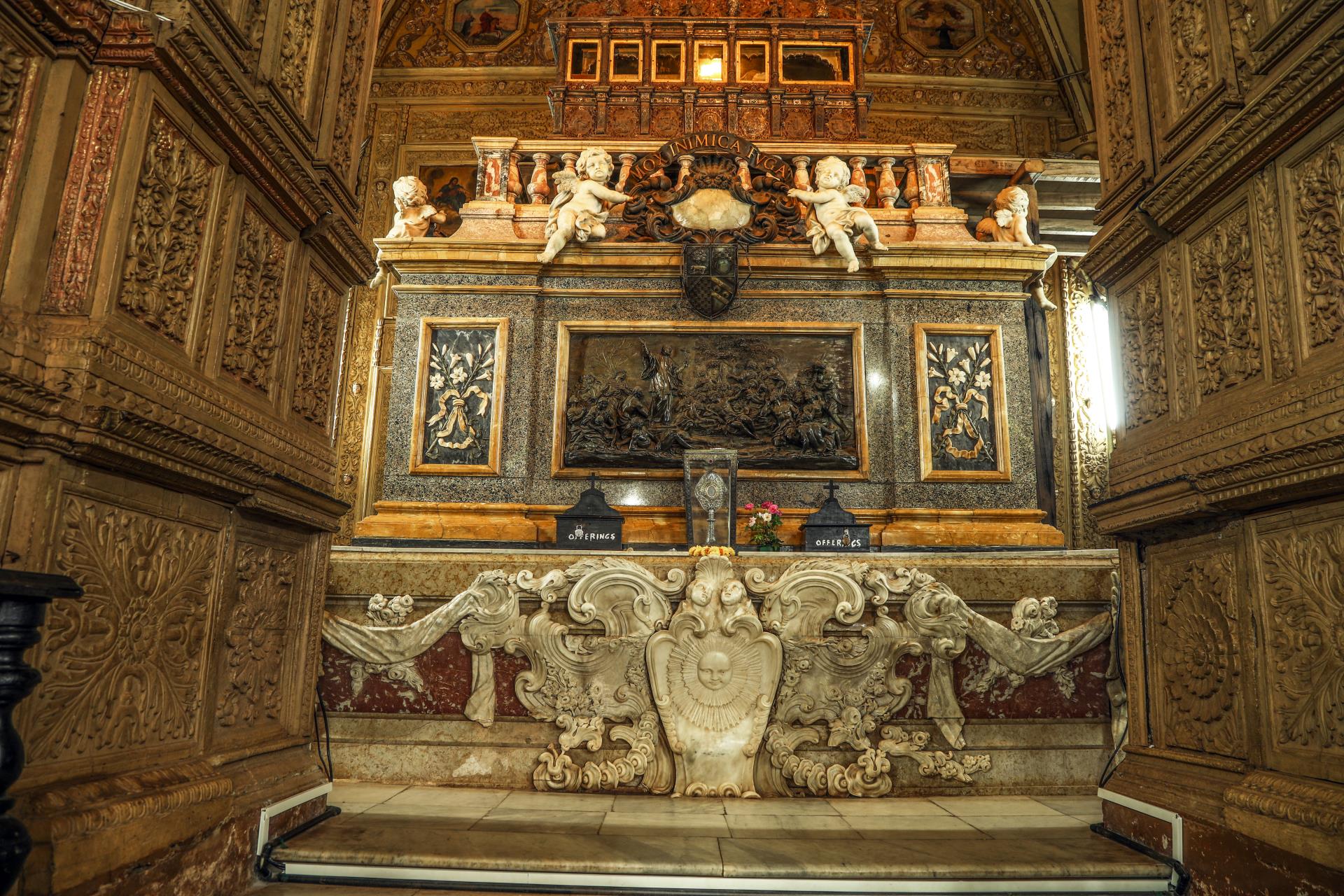
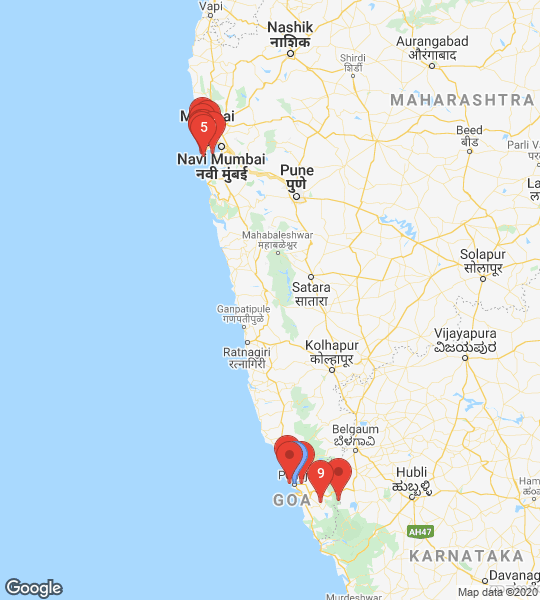
Housing the mortal remains of St Francis Xavier, the Basilica de Bom Jesus is one of the most famous Roman Catholic churches in the world.
Good to know:
Mass is held in the basilica in Konkani (Monday to Saturday at 7 am and 8 am) and English (Sunday at 10.15 am). Friendly guides, who flock the entrance, will show you around for a minimum fee.
What to do:
Visit the revered Sé Cathedral, said to be one of the largest churches in Asia, located at walking distance.
Day 5 Stop 3: Evening: Fontainhas
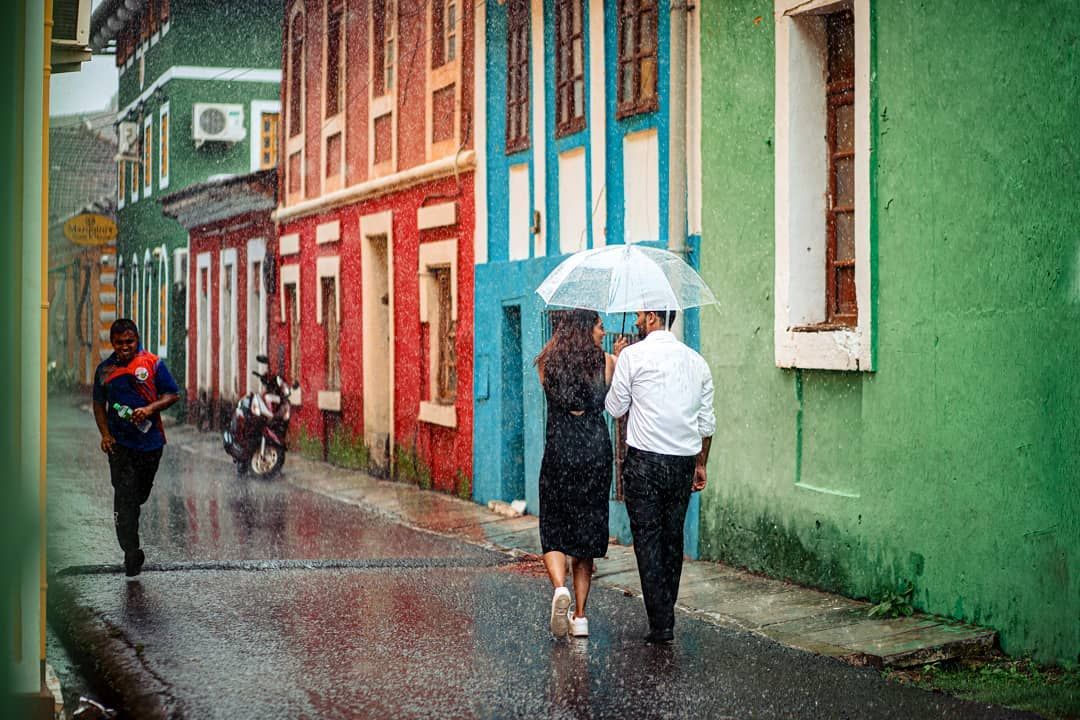
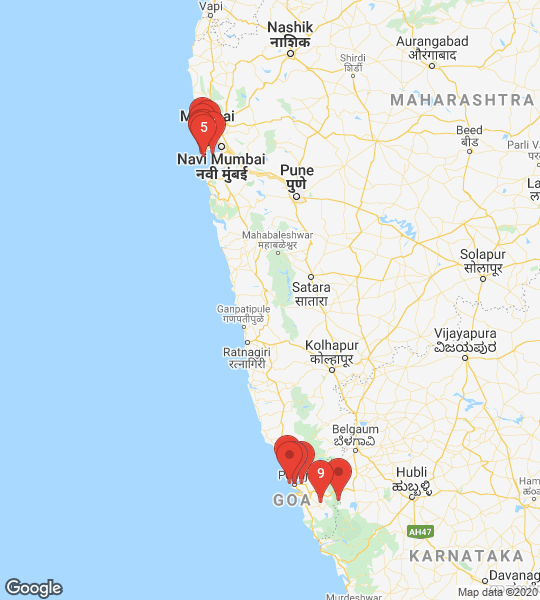
Also called the Old Latin Quarters, this is one of Goa’s most-prized neighbourhoods. Located in Panaji it has been declared by UNESCO as a Heritage Zone.
Good to know:
While you can take your time in exploring the colourful Portuguese houses and winding alleys devoid of cars, several tour operators offer guided heritage walks around these quarters.
What to do:
Savour Portuguese, Goan and seafood delicacies that are offered in the eating establishments here.
Day 6 Stop 1: Morning: Church of Our Lady of the Immaculate Conception
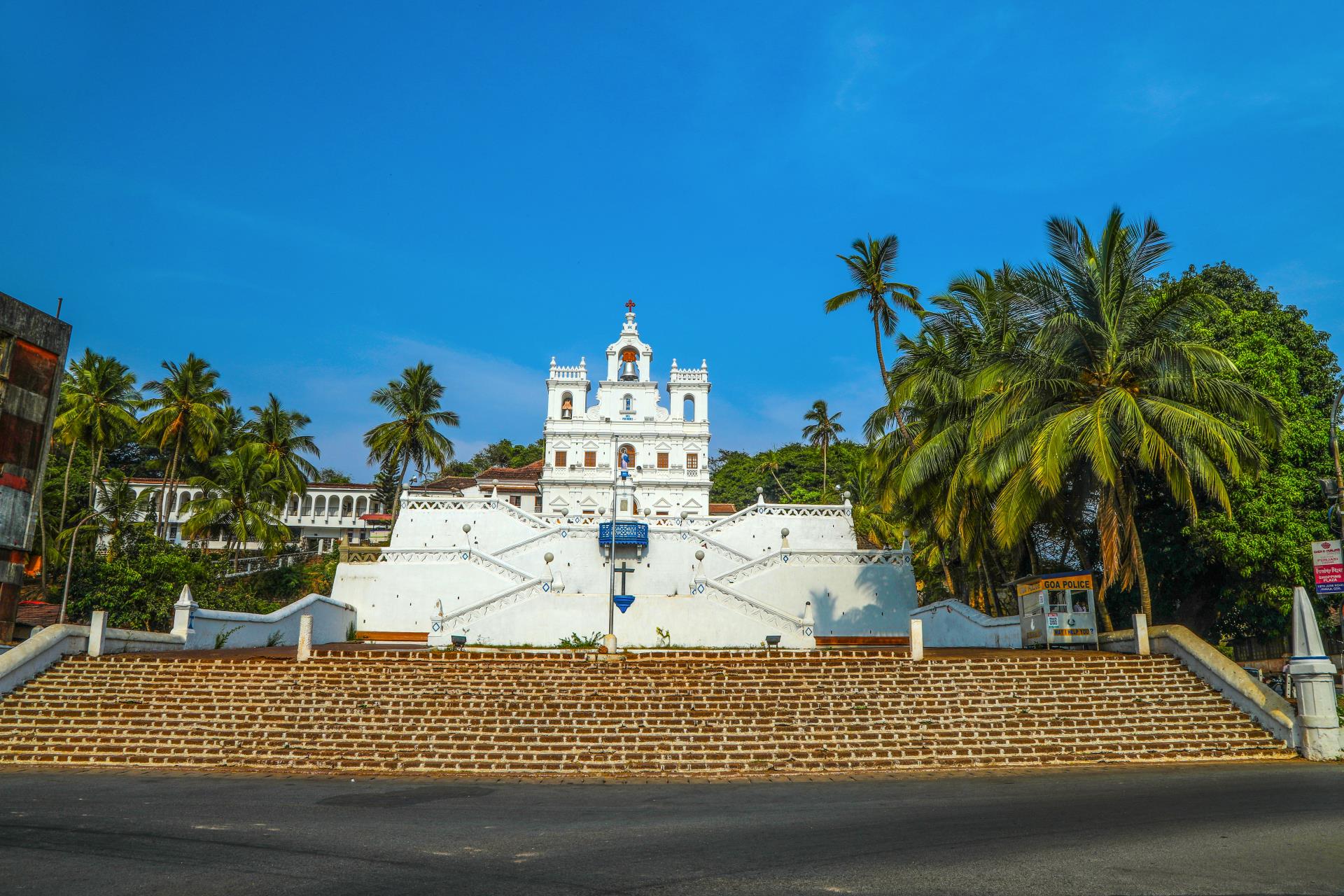

One of the prettiest and most photographed churches in Goa, this 16th-century milky-white landmark once served as the first port of call for sailors who came from Lisbon.
Good to know:
The distinctive crisscrossing staircases were added sometime in the 19th century. Masses are held in English every day at 8 am.
What to do:
Visit the statue of Abbé Faria, located at walking distance from here. A native of Goa, Faria is considered as the father of modern hypnotism.
Day 6 Stop 2: Afternoon: Goa State Museum

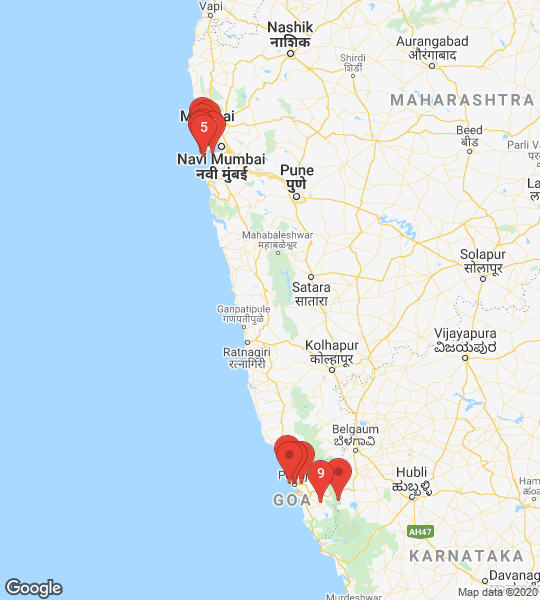
Presently housed in the Secretariat building, this museum traces Goa’s glorious history through its carefully curated and eclectic displays. The museum boasts 14 galleries and over 8,000 artefacts, including bronze sculptures, paintings, ancient coins and historic manuscripts, among other objects.
Good to know:
The site where this building stands was once where the opulent summer palace of Yusuf Adil Shah, the 15th-century sultan of Goa. Post-1510, the palace was used as a customs post while being used as an accommodation for Portuguese viceroys. After this, it also housed Goa’s State Assembly.
What to see:
Keep an eye out for an elaborately-carved table whose legs feature carved lions and eagles in the furniture room.










